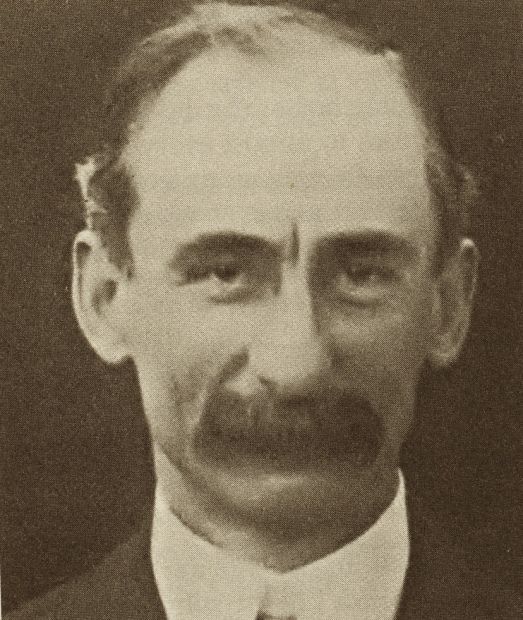In 1892, English entomologist, ornithologist and naturalist Robert Cyril Layton Perkins (1866-1955) was sent to Hawai‘i by the Royal Society and the British Association for the Advancement of Science to investigate the land fauna of the Hawaiian Islands. For nearly
In 1892, English entomologist, ornithologist and naturalist Robert Cyril Layton Perkins (1866-1955) was sent to Hawai‘i by the Royal Society and the British Association for the Advancement of Science to investigate the land fauna of the Hawaiian Islands.
For nearly 10 years thereafter, he conducted field research mainly on birds, insects and snails on O‘ahu, Hawai‘i, Moloka‘i, Lana‘i, Maui and Kaua‘i.
The results of his scientific explorations in Hawai‘i remain to this day a foundation of facts and information for Hawaiian biologists.
Afterwards, in 1902, he joined the Agricultural Department of the Hawaiian Islands.
Then, as the director of the Experimental Station of the Hawaiian Sugar Planters’ Association’s insect department, from 1904 to 1912, he accomplished groundbreaking research on controlling sugarcane pests and weeds with their natural parasites.
During Perkins’ first expedition to Kaua‘i (May through June, 1894), he obtained land owner Francis Gay’s permission to collect specimens and make observations for a few days in the mountains above Makaweli. As was his habit, he walked everywhere, rather than travel by horseback or carriage.
He continued his work in the area of Gay’s mountain house at Kaholuamano, east of Waimea Canyon at 3,500-foot elevation, before moving on to Hanapepe Valley, where he observed Akialoa and Oo — two Hawaiian forest birds now extinct. He also seemed particularly interested in Carbides, Hawaiian ground beetles.
Perkins stayed at rancher Valdemar Knudsen’s cabin in Halemanu, Koke‘e, for a time during his second Kaua‘i expedition (April through May, 1895), collecting specimens thereabouts.
Insects were sparse at Barking Sands and Perkins recorded that the “barking sands would not bark at all.”
He also revisited Kaholuamano, noting numerous wild cattle in the area, and remarked that just prior to his arrival, President Sanford Ballard Dole and his hunting party had shot 18 of the beasts in one day.
On his third and fourth expeditions to Kaua‘i in 1895 and 1896, Perkins once again went to Kaholuamano and Halemanu, and also surveyed the mountainous region west of Lihu‘e.


